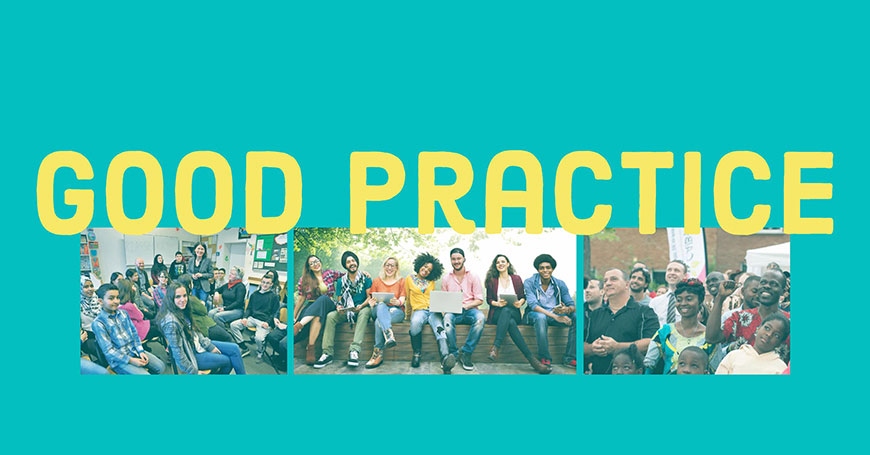Intercultural cities: good practice examples

The first step is the adoption (and implementation) of strategies that facilitate positive intercultural encounters and exchanges, and promote equal and active participation of residents and communities in the development of the city, thus responding to the needs of a diverse population. The Intercultural integration policy model is based on extensive research evidence, on a range of international legal instruments, and on the collective input of the cities member of the Intercultural Cities programme that share their good practice examples on how to better manage diversity, address possible conflicts, and benefit from the diversity advantage.
This section offers examples of intercultural approaches that facilitate the development and implementation of intercultural strategies.
Neighbourhood Pacts
Purpose: The goal of this initiative is to adopt consultative and participatory methods with all residents, users and property owners, in order to develop a strategic plan of the City for physical,...
NEUCHÀTOI
A community conducts a dynamic open discussion of its evolving identity Neuchàtoi is an ongoing campaign and dialogue platform to create an open discussion of how the city of Neuchâtel is evolving...
Norwegian Center for Multicultural Value Creation
Purpose: Oslo City Council’s Office for Business Development has taken an active stance on integrating minority businesses through The Norwegian Center for Multicultural Value Creation, which is...


